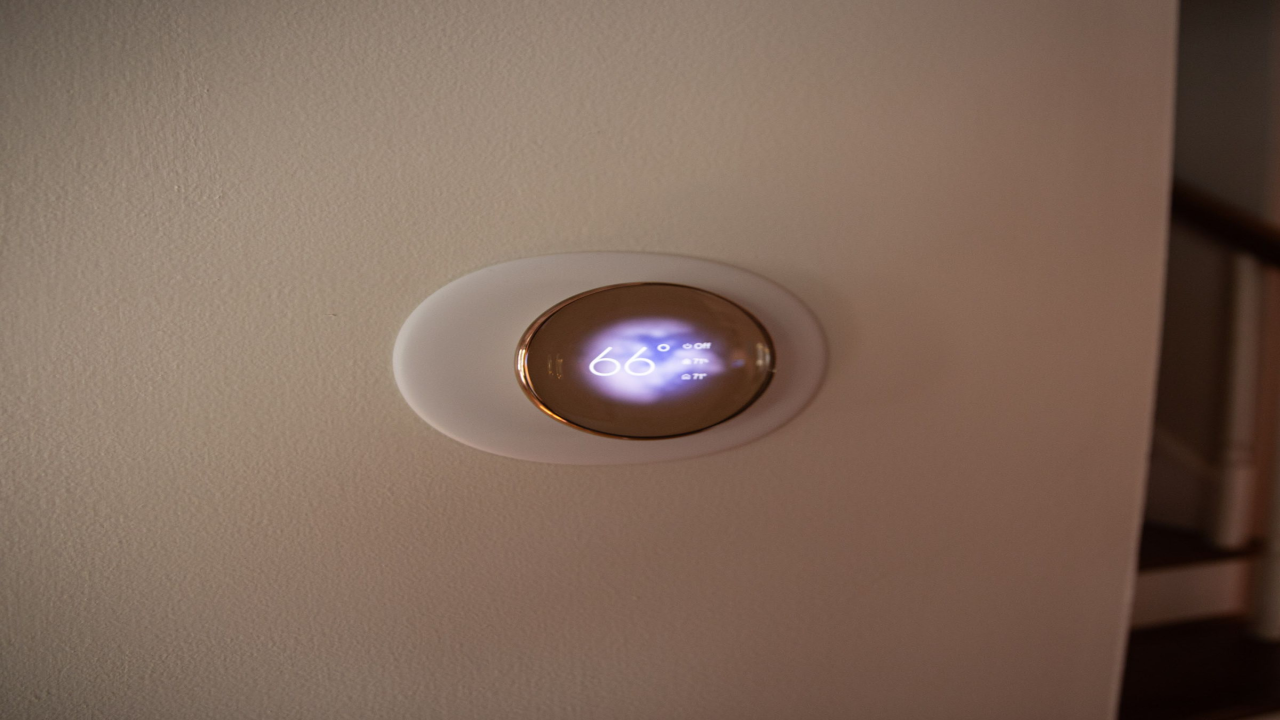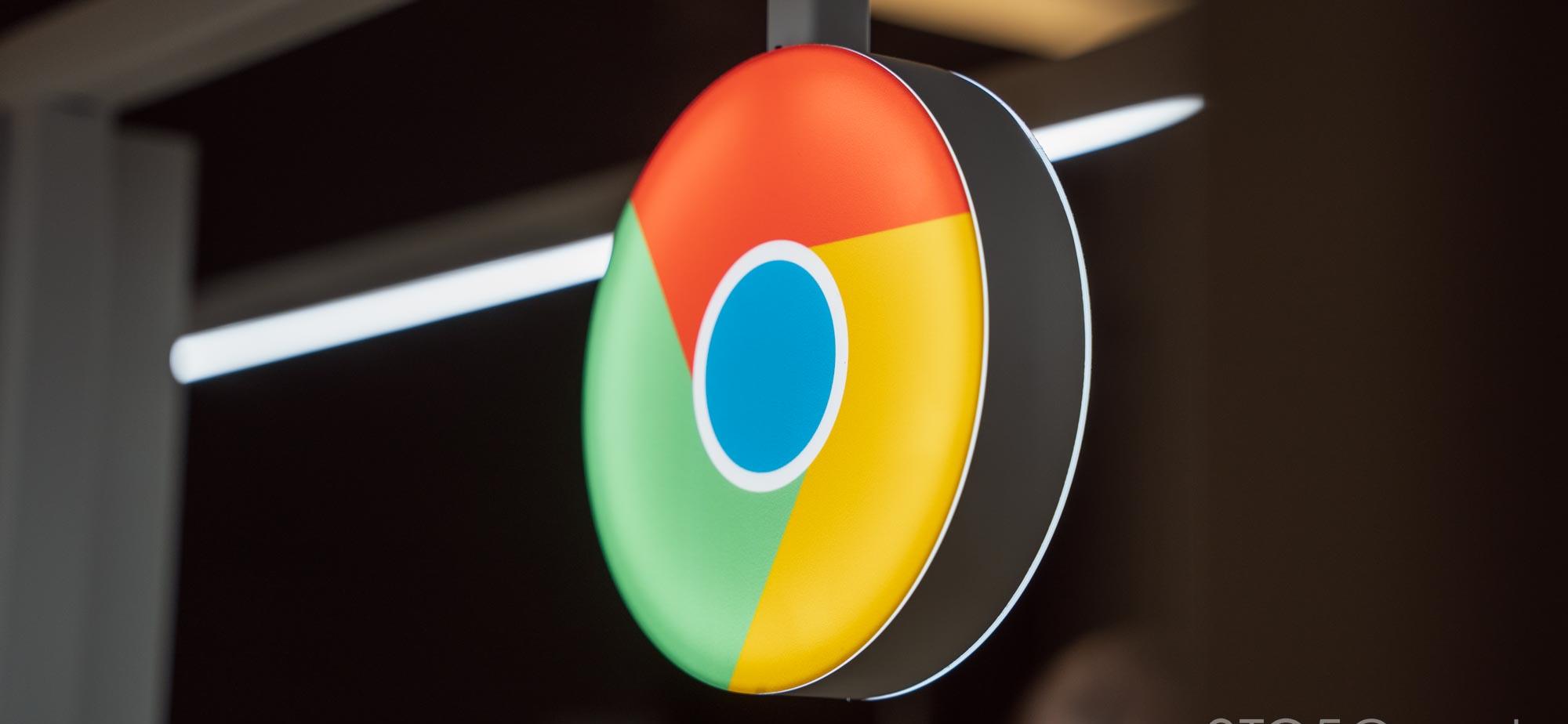Google Bard vs. OpenAI ChatGPT: A Comparative Analysis of AI Chatbots
Discover the similarities and differences between Google's Bard and OpenAI's ChatGPT chatbots. Learn about their features, performance, and limitations in this comprehensive comparison.

Google recently introduced its AI chatbot competitor called Bard, which aims to challenge OpenAI's popular ChatGPT. While Bard is slightly slower, it offers comparable performance to ChatGPT. In this article, we will delve into the features, capabilities, and comparisons between these two chatbots.
Bard, powered by Gemini Pro, is Google's most advanced AI model to date. It has been integrated into their flagship chatbot application, offering users an alternative to ChatGPT. Both Bard and ChatGPT are based on large language models and have been trained on recent information beyond 2021. They excel in accuracy, speed, and overall helpfulness when responding to queries.
One notable difference between the two chatbots is the pricing model. While Bard is available for free, ChatGPT Plus, powered by GPT-4, requires a monthly subscription fee of $20 for access. Additionally, Bard does not currently support multimodal capabilities like ChatGPT Plus, which can provide responses in various mediums such as photos or videos. However, Google plans to release a more advanced version of Gemini called Ultra, which will offer these multimodal features.
In terms of performance, Bard tends to be slightly slower than ChatGPT. It takes around five to six seconds to generate responses, while ChatGPT typically takes only one to three seconds. The response time may vary depending on the complexity of the query. Both Google and OpenAI have implemented guardrails to ensure the chatbots to content and safety policies, preventing copyright violations and the delivery of harmful or racist responses.
Several comparisons were conducted to assess the capabilities of these chatbots. For example, when asked for a chocolate cake recipe, both Bard and ChatGPT provided functional recipes. However, there were slight variations in the ingredients and quantities recommended. Similarly, when queried about tea, both chatbots offered basic information, but ChatGPT provided a more extensive answer, covering cultural significance, global production, and brewing techniques.
Another test involved analyzing William Shakespeare's "Sonnet 116." Bard and ChatGPT both summarized the sonnet's themes, with ChatGPT providing a more detailed breakdown. However, for quick and concise answers, Bard's response was more suitable.
When it came to generating a biographical description of the author, Bard failed to provide relevant information, while ChatGPT utilized available online sources to deliver a comprehensive bio. This discrepancy highlights the limitations of Bard in accessing external website data, as opposed to ChatGPT, which had access to the author's published works and website information.
Furthermore, ChatGPT demonstrated its text-to-image capabilities by generating a photorealistic image of a magnificent horse frolicking in a field at sunrise. Unfortunately, Bard does not yet support this feature.
While Bard may fall short in certain areas, it is worth noting that it is a free alternative to ChatGPT Plus. As Google continues to refine and enhance Bard's capabilities, it may become a viable option for users seeking AI-powered chatbot interactions.
In conclusion, the competition between Google's Bard and OpenAI's ChatGPT showcases the advancements and possibilities of AI chatbots. Both models have their strengths and limitations, and users can choose based on their specific requirements. With ongoing developments in AI technology, the future holds even more promising advancements in chatbot capabilities.
What's Your Reaction?





















